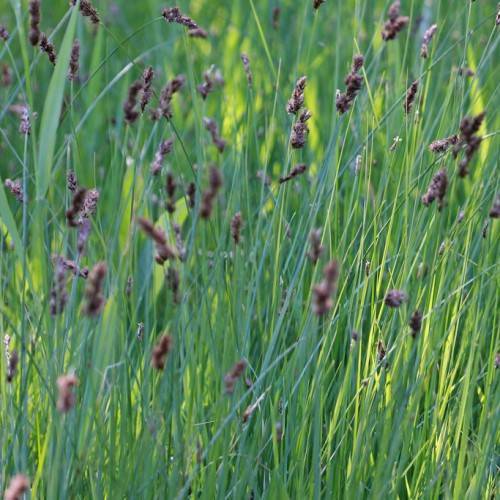
Lesser Panicled Sedge
Carex diandra
Also Known As - Two Stamen SedgeWatering:
Average
Hardiness Zone:
Sun:
full sun,part shade
Leaf:
Yes
Growth Rate:
Low
Drought Tolerant:
Yes
Salt Tolerant:
Yes
Care Level:
Medium
watering
Dewey's Sedge (Carex deweyana var. deweyana) should be watered thoroughly once or twice a week, depending on the season. During warmer months, watering once a week should suffice-- make sure to keep the soil moist but not soggy. During cooler months, watering twice a week should be enough to keep the soil moist. Additionally, it is important to water the plant at its base rather than just the surface of the soil. This helps to ensure that the soil around the plant's roots is adequately moist. When watering, use lukewarm water and allow the excess to drain away freely.
sunlight
Dewey's Sedge grows best in a full sun to part shade location, though it may survive in deep shade. When grown in full sun, it will require several hours of sunlight a day for optimum growth, generally at least 4-6 hours daily. It will also benefit from some afternoon shade in more sunny areas to prevent scorching.
pruning
The best time to prune Dewey's Sedge (Carex deweyana var. deweyana) is late winter or early spring before the plant begins to produce new growth. Pruning should be done with sharp, clean pruning shears to avoid damaging the plant. The amount of pruning necessary will depend on the size of the plant and the desired shape. In some cases, a light pruning may be enough to remove old, brown foliage or thin the plant to improve air circulation and light penetration. For larger plants, more detailed and extensive pruning may be necessary. This could include removing dead leaves, thinning out dense foliage or shaping the plant.
